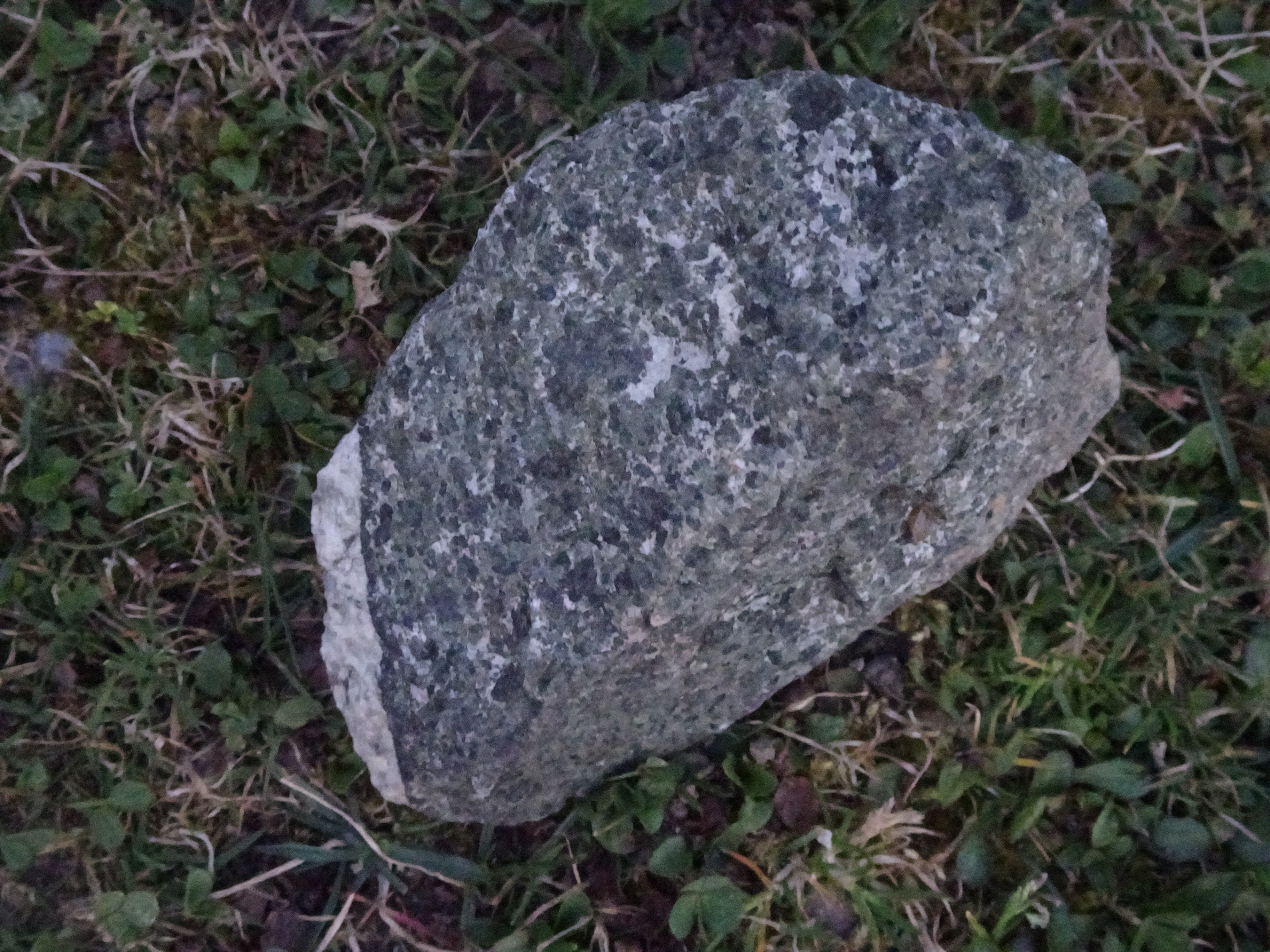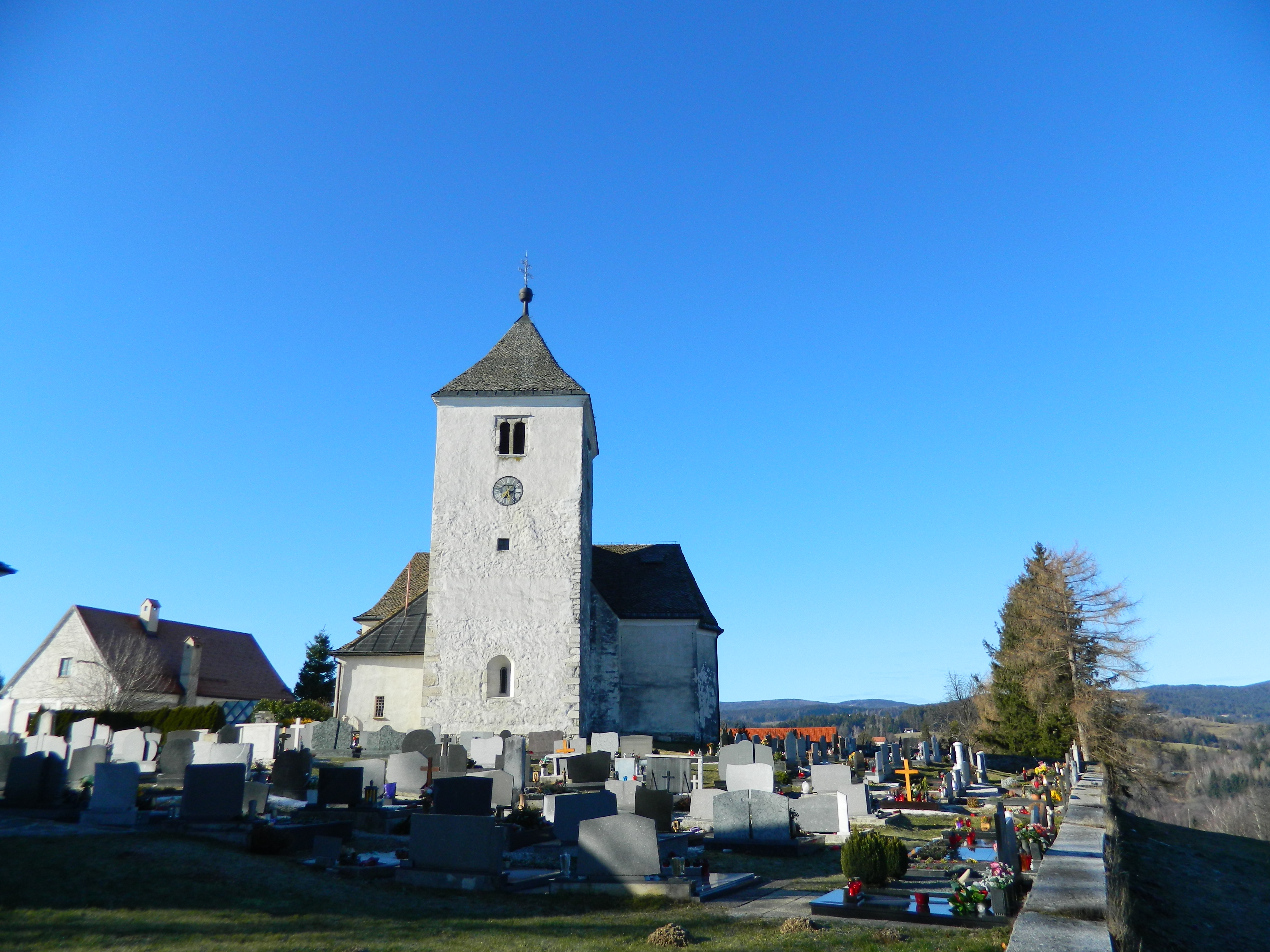|
Polskava
The Polskava is a river in Styria (Slovenia), Styria, Slovenia. The river is in length. Its source is on the Pohorje Massif, near Saint Henry's Church ( sl, Sveti Areh) at the Mariborsko Pohorje Ski Resort, Maribor Pohorje Ski Resort. It passes Šmartno na Pohorju, Zgornja Polskava, Spodnja Polskava, Pragersko, and Lovrenc na Dravskem Polju, and merges with the Dravinja, Dravinja River near Videm pri Ptuju. References {{Slovenia-geo-stub Rivers of Styria (Slovenia) ... [...More Info...] [...Related Items...] OR: [Wikipedia] [Google] [Baidu] |
Spodnja Polskava
Spodnja Polskava () is a settlement in the Municipality of Slovenska Bistrica in northeastern Slovenia. The area is part of the traditional region of Styria. It is now included with the rest of the municipality in the Drava Statistical Region. The parish church in the settlement is dedicated to Saint Stephen and belongs to the Roman Catholic Archdiocese of Maribor. It was built in the 16th century and refurbished in the Baroque style The Baroque (, ; ) is a style of architecture, music, dance, painting, sculpture, poetry, and other arts that flourished in Europe from the early 17th century until the 1750s. In the territories of the Spanish and Portuguese empires including ... in the early 17th century. reference number ešd 3386 References [...More Info...] [...Related Items...] OR: [Wikipedia] [Google] [Baidu] |
Zgornja Polskava
Zgornja Polskava () is a settlement in the Municipality of Slovenska Bistrica in northeastern Slovenia. It lies on the old main road to Maribor north of Slovenska Bistrica. The area is part of the traditional region of Styria. It is now included with the rest of the municipality in the Drava Statistical Region. The local parish church is dedicated to the Holy Trinity and belongs to the Roman Catholic Archdiocese of Maribor The Roman Catholic Archdiocese of Maribor ( la, Archidioecesis Mariborensis, sl, Nadškofija Maribor) is an archdiocese located in the city of Maribor in Slovenia. History * 1859 : Maribor (then Marburg) became the see of the Diocese of Lavant .... It was built in 1619 and extended in the 18th century. reference number ešd 2987 Refe ...
|
Dravinja
The Dravinja (german: Drann, ) is the largest tributary of the Drava River in Slovenia. It is long. Its source is on the Pohorje Massif southwest of Mount Rogla about 1,150 m above sea level. The river passes Zreče, the town of Slovenske Konjice, the ruins of the fort at Zbelovo, Poljčane, Makole, Štatenberg Castle, Majšperk, and Videm pri Ptuju, where it merges with the Drava. Its main tributary is the Polskava River. The Dravinja is the best-preserved lowland river in Slovenia and has been protected as part of the European Natura 2000 Natura 2000 is a network of nature protection areas in the territory of the European Union. It is made up of Special Areas of Conservation and Special Protection Areas designated under the Habitats Directive and the Birds Directive, respectiv ... network. In addition, the river is distinguished by the Pečnik Mill, which has been proclaimed an ethnological monument. References External links Condition of Dravinja- graphs, in th ... [...More Info...] [...Related Items...] OR: [Wikipedia] [Google] [Baidu] |
Slovenia
Slovenia ( ; sl, Slovenija ), officially the Republic of Slovenia (Slovene: , abbr.: ''RS''), is a country in Central Europe. It is bordered by Italy to the west, Austria to the north, Hungary to the northeast, Croatia to the southeast, and the Adriatic Sea to the southwest. Slovenia is mostly mountainous and forested, covers , and has a population of 2.1 million (2,108,708 people). Slovenes constitute over 80% of the country's population. Slovene, a South Slavic language, is the official language. Slovenia has a predominantly temperate continental climate, with the exception of the Slovene Littoral and the Julian Alps. A sub-mediterranean climate reaches to the northern extensions of the Dinaric Alps that traverse the country in a northwest–southeast direction. The Julian Alps in the northwest have an alpine climate. Toward the northeastern Pannonian Basin, a continental climate is more pronounced. Ljubljana, the capital and largest city of Slovenia, is geogra ... [...More Info...] [...Related Items...] OR: [Wikipedia] [Google] [Baidu] |
River
A river is a natural flowing watercourse, usually freshwater Fresh water or freshwater is any naturally occurring liquid or frozen water containing low concentrations of dissolved salts and other total dissolved solids. Although the term specifically excludes seawater and brackish water, it does include ..., flowing towards an ocean, sea, lake or another river. In some cases, a river flows into the ground and becomes dry at the end of its course without reaching another body of water. Small rivers can be referred to using names such as Stream#Creek, creek, Stream#Brook, brook, rivulet, and rill. There are no official definitions for the generic term river as applied to Geographical feature, geographic features, although in some countries or communities a stream is defined by its size. Many names for small rivers are specific to geographic location; examples are "run" in some parts of the United States, "Burn (landform), burn" in Scotland and northeast England, and "be ... [...More Info...] [...Related Items...] OR: [Wikipedia] [Google] [Baidu] |
Styria (Slovenia)
Styria ( sl, Štajerska), also Slovenian Styria (''Slovenska Štajerska'') or Lower Styria (''Spodnja Štajerska''; german: Untersteiermark), is a traditional region in northeastern Slovenia, comprising the southern third of the former Duchy of Styria. The population of Styria in its historical boundaries amounts to around 705,000 inhabitants, or 34.5% of the population of Slovenia. The largest city is Maribor. Use of the term In the 19th century the Styrian duchy, which existed as a distinct political-administrative entity from 1180 to 1918, used to be divided into three traditional regions: Upper Styria (''Obersteiermark''; ''Zgornja Štajerska''), Central Styria (''Mittelsteiermark''; ''Srednja Štajerska''), and Lower Styria, stretching from the Mur River and the Slovene Hills in the north down to the Sava. Upper Styria and Central Styria, predominantly German-speaking, today form the Austrian state of Styria (''Steiermark''). The southern third, predominantly Slovene ... [...More Info...] [...Related Items...] OR: [Wikipedia] [Google] [Baidu] |
Pohorje
Pohorje (), also known as the Pohorje Massif or the Pohorje Mountains (german: Bachergebirge, ''Bacherngebirge'' or often simply ''Bachern''), is a mostly wooded, medium-high mountain range south of the Drava River in northeastern Slovenia. According to the traditional AVE classification it belongs to the Southern Limestone Alps. Geologically, it forms part of the Central Alps and features silicate metamorphic and igneous rock. Pohorje is sparsely populated with dispersed villages. There are also some ski resorts. Geography Pohorje is an Alpine mountain ridge with domed summits south of the Drava. It roughly lies in the triangle formed by the towns of Maribor (to the east), Dravograd (to the west) and Slovenske Konjice (to the south). To the northwest, it is bounded by the Mislinja River, to the south by the Vitanje Lowlands (), to the east it descends to the Drava Plain () and to the southeast it descends to the Pohorje Foothills (). It measures about from east to west ... [...More Info...] [...Related Items...] OR: [Wikipedia] [Google] [Baidu] |
Mariborsko Pohorje Ski Resort
Maribor Pohorje Ski Resort ( sl, Smučišče Mariborsko Pohorje) is the largest ski resort in Slovenia, located just south of Maribor, at the mountain range of Pohorje in Lower Styria. The resort consists of three sections: lower section "''Snow Stadium,''" middle section "''Bolfenk''" and an upper section called "''Areh''". The resort as a whole offers of north-facing ski slopes, of cross-country skiing, and of night skiing. It is best known for its ''"Golden Fox"'' competition, women's World Cup races in giant slalom Giant slalom (GS) is an alpine skiing and alpine snowboarding discipline. It involves skiing between sets of poles ("gates") spaced at a greater distance from each other than in slalom but less than in Super-G. Giant slalom and slalom make up t ... and slalom, held since 1964. Ski lifts Snow Stadium *Lower section ( - ) Bolfenk *Middle section ( - ) Areh *Upper section ( - ) References External links * Snow-forecast.com– Mariborsko Pohorj ... [...More Info...] [...Related Items...] OR: [Wikipedia] [Google] [Baidu] |
Šmartno Na Pohorju
Šmartno na Pohorju () is a village in the Pohorje Hills in the Municipality of Slovenska Bistrica in northeastern Slovenia. The area is part of the traditional region of Styria. It is now included with the rest of the municipality in the Drava Statistical Region. Name The name of the settlement was changed from ''Sveti Martin na Pohorju'' (literally, 'Saint Martin on Pohorje') to ''Šmartno na Pohorju'' in 1952. The name was changed on the basis of the 1948 Law on Names of Settlements and Designations of Squares, Streets, and Buildings as part of efforts by Slovenia's postwar communist government to remove religious elements from toponyms. Church The local parish church, from which the settlement gets its name, is dedicated to Saint Martin and belongs to the Roman Catholic Archdiocese of Maribor The Roman Catholic Archdiocese of Maribor ( la, Archidioecesis Mariborensis, sl, Nadškofija Maribor) is an archdiocese located in the city of Maribor in Slovenia. History * 1859 : M ... [...More Info...] [...Related Items...] OR: [Wikipedia] [Google] [Baidu] |
Pragersko
Pragersko (, in older sources ''Pragarsko'', german: Pragerhof) is a small town in the Municipality of Slovenska Bistrica in northeastern Slovenia. History The former Austrian Southern Railway from Vienna to Ljubljana and Sežana runs through the settlement. It was only after the building of the Southern Railway in the mid-19th century that the town developed to its current size. The area is part of the traditional region of Styria. It is now included with the rest of the municipality in the Drava Statistical Region The Drava Statistical Region ( sl, Podravska statistična regija) is a statistical region in Slovenia. The largest city in the region is Maribor. The region's name comes from the Drava River and includes land on both banks along its course throu .... References External links * Populated places in the Municipality of Slovenska Bistrica {{Slovenska-Bistrica-geo-stub ... [...More Info...] [...Related Items...] OR: [Wikipedia] [Google] [Baidu] |
Lovrenc Na Dravskem Polju
Lovrenc na Dravskem Polju (; sl, Lovrenc na Dravskem polju) is a village in the Municipality of Kidričevo in northeastern Slovenia. Traditionally the entire area was part of the Styria region. It is now included with the rest of the municipality in the Drava Statistical Region. Name The name of the settlement was changed from ''Sveti Lovrenc na Dravskem polju'' (literally, 'Saint Lawrence on the Drava Plain') to ''Lovrenc na Dravskem polju'' (literally, 'Lawrence on the Drava Plain') in 1952. The name was changed on the basis of the 1948 Law on Names of Settlements and Designations of Squares, Streets, and Buildings as part of efforts by Slovenia's postwar communist government to remove religious elements from toponyms. Church The local parish church, from which the settlement gets its name, is dedicated to Saint Lawrence and belongs to the Roman Catholic Archdiocese of Maribor. It was built in 1414 on the site of an earlier church, first mentioned in written documents dating to ... [...More Info...] [...Related Items...] OR: [Wikipedia] [Google] [Baidu] |
Videm Pri Ptuju
Videm pri Ptuju () is a settlement in the Municipality of Videm in eastern Slovenia. It is the administrative centre of the municipality. The area traditionally belonged to the Styria region. It is now included in the Drava Statistical Region. Name The name of the settlement was changed from ''Sveti Vid pri Ptuju'' (literally, 'Saint Vitus near Ptuj') to ''Videm pri Ptuju'' in 1952. The name was changed on the basis of the 1948 Law on Names of Settlements and Designations of Squares, Streets, and Buildings as part of efforts by Slovenia's postwar communist government to remove religious elements from toponyms. Church The parish church, which the village was formerly named after, is dedicated to Saint Vitus. It belongs to the Roman Catholic Archdiocese of Maribor. It was first mentioned in written documents dating to 1320. The current building dates to the mid-15th century with 17th-century Baroque The Baroque (, ; ) is a style of architecture, music, dance, painting, scu ... [...More Info...] [...Related Items...] OR: [Wikipedia] [Google] [Baidu] |





